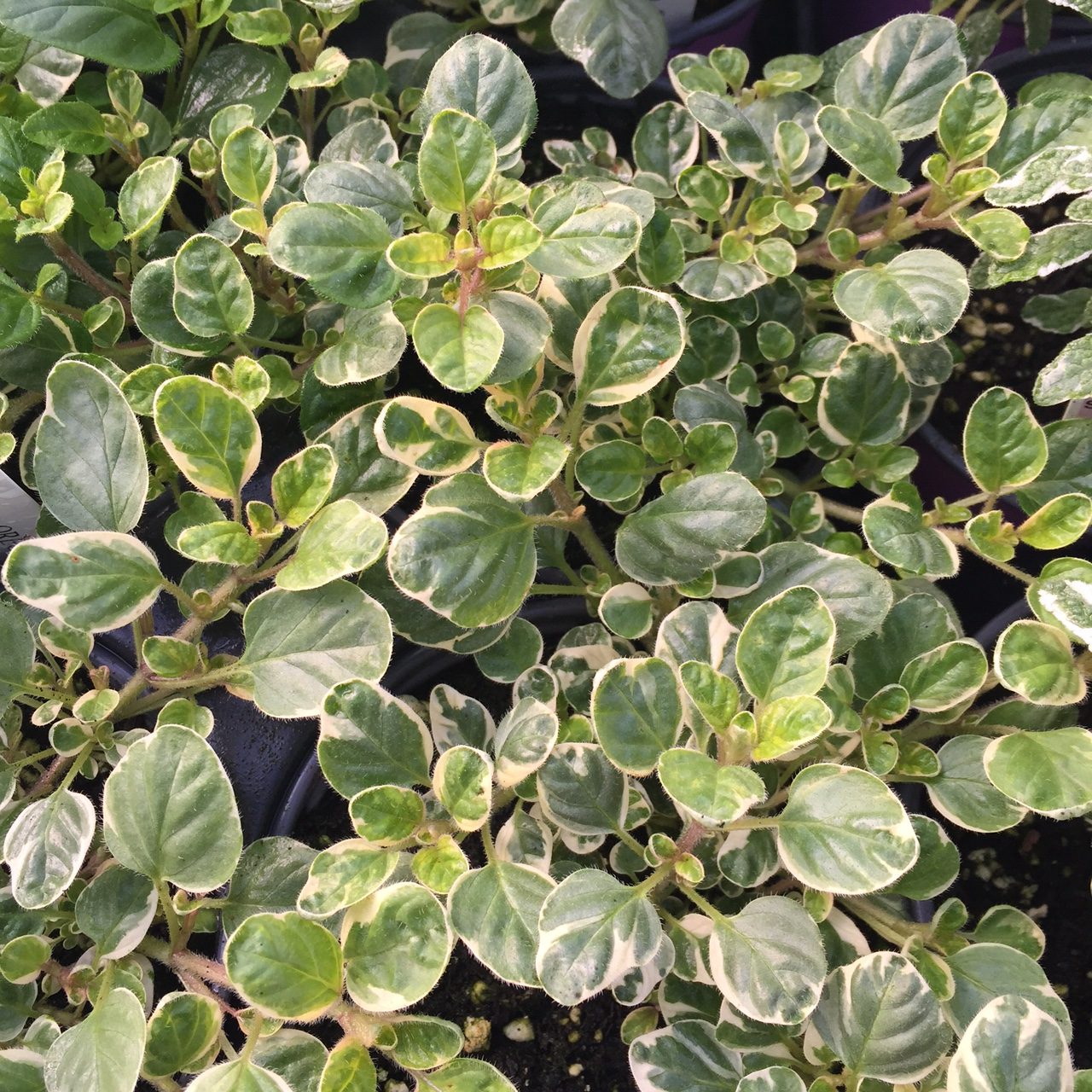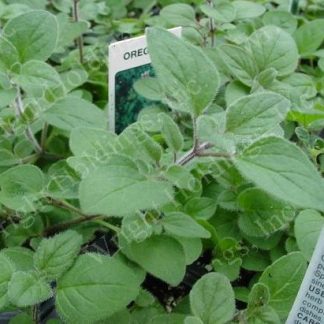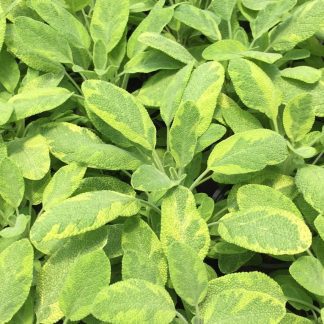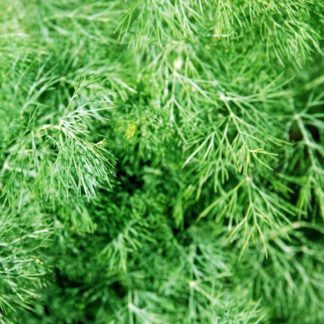Description
Variegated Oregano (Origanum vulgare ‘Variegata’): Flavor Meets Garden Beauty
Herbs bring both function and charm to a garden. Some are bold in flavor but plain in appearance. Others are stunning to look at but lack kitchen use. Variegated oregano offers the best of both. Known botanically as Origanum vulgare ‘Variegata’, this herb marries culinary richness with ornamental elegance. Its cream-edged leaves shimmer in sunlight. In summer, soft pink to lavender blooms draw pollinators and add even more color. Whether you grow it for the plate, the pollinators, or pure garden beauty, this plant rewards you.
A Heritage Herb with a Twist
Oregano has been part of human kitchens for centuries. Native to the Mediterranean, it flavored ancient Greek and Roman dishes and symbolized joy in folklore. Variegated oregano is a cultivated variety of common oregano. While it retains the same earthy, peppery flavor, it carries a lighter, more decorative leaf. The creamy variegation softens the deep green, making it as attractive in a container as in the ground. This twist transforms a culinary staple into a true garden feature.
Distinctive Features of Variegated Oregano
- Foliage: Small, oval leaves with irregular creamy-white margins and a soft green center. The variegation glows in sunlight, brightening garden beds.
- Flowers: Clusters of pink to lavender blooms in summer, often buzzing with bees and butterflies.
- Growth habit: Low-growing and mounding, typically reaching 8–12 inches tall and spreading wider. Ideal for edging paths, filling gaps in rock gardens, or spilling from pots.
- Aroma and flavor: Warm, slightly peppery, and unmistakably oregano. The flavor is slightly milder than Greek oregano but perfect for Mediterranean-inspired cooking.
- Hardiness: Perennial in USDA zones 5–9, with good tolerance to heat and moderate drought once established.
Growing Conditions for Success
Sunlight
Variegated oregano thrives in full sun. At least six hours of direct light daily ensures rich flavor and vibrant foliage. In very hot climates, a touch of afternoon shade helps prevent leaf scorch.
Soil
Well-draining soil is key. Sandy or loamy mixes suit it best. Heavy clay can cause root rot, so amend with compost or grit to improve drainage. Oregano prefers soils on the leaner side—too much fertility can reduce its flavor intensity.
Water
This herb is drought-tolerant once settled. Water regularly during its first growing season to encourage deep roots. Afterward, water when the top inch of soil dries out. Avoid constant wetness.
Temperature
As a Mediterranean plant, oregano enjoys warmth. It overwinters well in zones 5–9 with minimal protection. In colder zones, grow it in containers to bring indoors for winter.
Planting and Propagation
Planting
Start with nursery transplants or propagate from cuttings. Plant in spring once frost danger has passed. Space plants 12–18 inches apart to allow airflow and spreading.
Propagation
- Cuttings: Take 3–4 inch stem cuttings in spring or early summer. Remove lower leaves, dip in rooting hormone (optional), and place in moist soil or water until roots form.
- Division: Every two to three years, divide clumps in spring to rejuvenate growth and prevent overcrowding.
Care and Maintenance
Variegated oregano is low-maintenance, but a few simple practices keep it thriving:
- Pruning: Trim lightly in early spring to shape and remove any winter dieback. Pinch back stems through summer to encourage bushiness and delay flowering (which can slightly dull flavor).
- Harvesting: Pick leaves anytime once plants are established. The best flavor comes just before flowering. Frequent harvesting keeps plants compact and productive.
- Fertilizing: Minimal feeding is needed. A light compost top-dressing in spring is enough. Too much nitrogen encourages leaf growth but weakens flavor.
- Overwintering: In cold climates, mulch around plants to protect roots. In containers, bring indoors before hard frost.
Culinary Uses
The flavor of variegated oregano shines in countless dishes:
- Sprinkle fresh leaves over pizza, pasta, or roasted vegetables.
- Infuse olive oil or vinegar for a vibrant homemade dressing.
- Blend with basil and parsley for Mediterranean herb mixes.
- Dry leaves to enjoy oregano year-round. Harvest stems, hang upside down in a warm, airy place, and store crumbled leaves in airtight jars.
Its slightly milder taste makes it versatile—perfect for those who find Greek oregano too pungent.
Ornamental Appeal
This herb is more than kitchen utility. Its variegated leaves brighten borders, herb spirals, and mixed planters. The creamy margins pair beautifully with darker greens and purples, such as basil, sage, or lavender. In rock gardens, it softens stones with color and scent. When it blooms, the pinkish flowers attract bees and butterflies, supporting pollinator health while adding a soft meadow look.
Container Gardening with Variegated Oregano
This oregano thrives in pots, making it ideal for patios or kitchen doorsteps. Choose a container with good drainage and fill it with a light potting mix. Water when the soil feels dry to the touch. Because variegated oregano has a trailing habit, it pairs beautifully with upright herbs like rosemary or chives in mixed containers.
Companion Planting Benefits
Oregano can repel pests naturally due to its aromatic oils. Plant it alongside vegetables like tomatoes, peppers, and beans to deter aphids and spider mites. Its flowers draw beneficial insects, providing a natural boost to garden health.
Preserving Flavor
Drying is the most common way to preserve oregano, but freezing is equally effective. Chop fresh leaves, pack them into ice cube trays with olive oil or water, and freeze for quick use in soups and sauces. This method captures more of its fresh, peppery notes than drying alone.
Health and Wellness Aspects
Beyond flavor, oregano contains antioxidants and natural antibacterial compounds. Traditional herbal medicine has used oregano for digestive support and respiratory relief. While variegated oregano is grown mainly for culinary and ornamental purposes, it retains many of these beneficial qualities.
Common Problems and Solutions
- Leggy growth: Caused by too much shade. Move to sunnier conditions and pinch tips to encourage bushiness.
- Root rot: Avoid waterlogged soil by ensuring excellent drainage.
- Pest issues: Generally pest-free, but aphids or spider mites may appear. A quick spray of water or insecticidal soap solves the problem.
- Loss of variegation: Occasionally, new shoots revert to solid green. Trim them back to maintain the plant’s unique look.
Why Gardeners Love It
Variegated oregano brings together everything we value in an herb garden: flavor, fragrance, and sheer beauty. It’s forgiving for beginners yet rewarding for seasoned growers. It offers both food and flowers, attracting pollinators and delighting cooks. It thrives in humble soil, tolerates drought, and looks stunning from spring through fall.
Bringing Vibrancy to Your Herb Collection
Few herbs balance usefulness and ornamentation so well. Variegated oregano can be tucked into a culinary bed, woven into a cottage border, or grown in a pot on the patio. It elevates simple dishes and adds warmth to the landscape. When a plant can do all that with so little fuss, it deserves a place in every garden.




